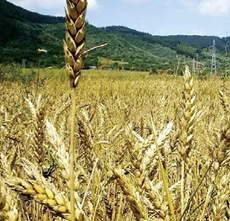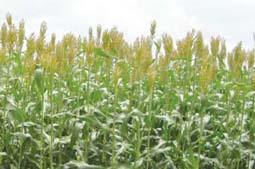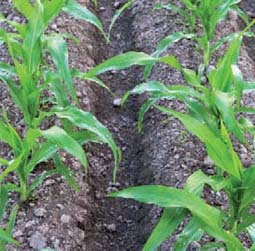How Russia invasion of Ukraine affects Africa’s food supplies
No man qualifies as a statesman who is entirely ignorant of the problems of wheat. The words of the ancient Greek philosopher, Socrates
 Wheat and other grains are back at the heart of geopolitics following Russia’s invasion of Ukraine. Both countries play a major role in the global agricultural market.
Wheat and other grains are back at the heart of geopolitics following Russia’s invasion of Ukraine. Both countries play a major role in the global agricultural market.
There is significant agricultural trade between countries on the continent and Russia and Ukraine. African countries imported agricultural products worth $4 billion from Russia in 2020. About 90 percent of this was wheat, and six percent was sunflower oil.
Major importing countries were Egypt, which accounted for nearly half of the imports, followed by Sudan, Nigeria, Tanzania, Algeria, Kenya and South Africa.
Similarly, Ukraine exported $2.9 billion worth of agricultural products to the African continent in 2020. About 48 percent of this was wheat, 31 percent maize, and the rest included sunflower oil, barley, and soybeans.
Read more ...
Migori Abandons Tobacco For Sorghum
 Migori county farmers have revived abandoned tobacco farmlands for sorghum farming, which enjoys a ready market from brewers.
Migori county farmers have revived abandoned tobacco farmlands for sorghum farming, which enjoys a ready market from brewers.
Land that has been lying fallow in Nyatike and Suna West subcounties has seen a high uptake of sorghum farming.
“Tobacco farming has been faced with frustrations and unpredictable markets after firms collapsed with the few existing ones taking ages to pay farmers,” former university of Nairobi lecturer Phillip Mwabe said.
Mwabe has opened up 30 acres to sorghum farming after Cereal Growers Association gave them certified fast growing seeds and trained them on how to maximise profit.
“We found a new cash crop and I harvested close to 1,000 tons of the crop after EABL refurbished their plant in Kisumu. Cost of production of sorghum is better and profits are steadier than tobacco,” he said.
Read more ...
 To many, just a mention of the word Mau Narok conjures an image of lush green area in Nakuru County that is best known as Kenya’s food basket.
To many, just a mention of the word Mau Narok conjures an image of lush green area in Nakuru County that is best known as Kenya’s food basket. Wheat and other grains are back at the heart of geopolitics following Russia’s invasion of Ukraine. Both countries play a major role in the global agricultural market.
Wheat and other grains are back at the heart of geopolitics following Russia’s invasion of Ukraine. Both countries play a major role in the global agricultural market. Migori county farmers have revived abandoned tobacco farmlands for sorghum farming, which enjoys a ready market from brewers.
Migori county farmers have revived abandoned tobacco farmlands for sorghum farming, which enjoys a ready market from brewers. The government has embarked on an aggressive campaign to meet the growing demand for rice through a campaign dubbed “National Rice Development Strategy (NRDS) that began in 2019 and runs upto 2030.
The government has embarked on an aggressive campaign to meet the growing demand for rice through a campaign dubbed “National Rice Development Strategy (NRDS) that began in 2019 and runs upto 2030. The key word is timing; Top dressing fertilizer works best when the timing is best (the right crop groth stage at the recommended rate.) This explains why application of urea is dependant on understanding of growth stages.
The key word is timing; Top dressing fertilizer works best when the timing is best (the right crop groth stage at the recommended rate.) This explains why application of urea is dependant on understanding of growth stages.